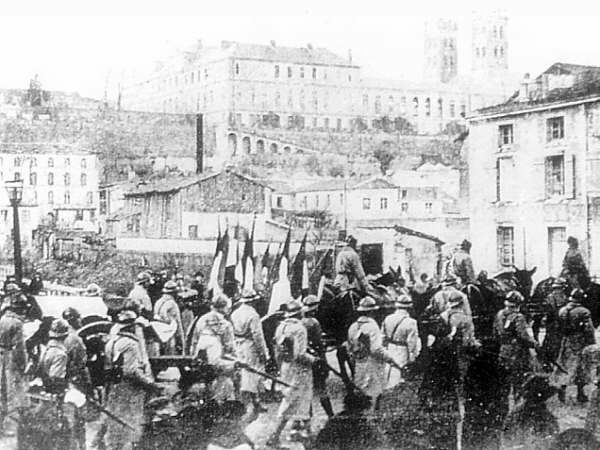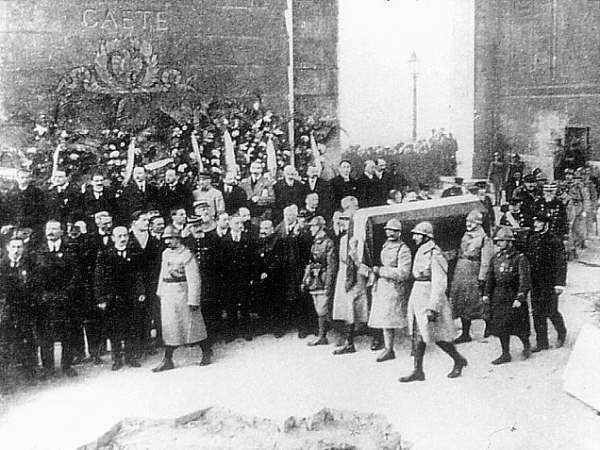VERDUN - City and its Citadel
Years of visit: 1986, 1991, 1994, 1998, 2005, 2006, and 2009
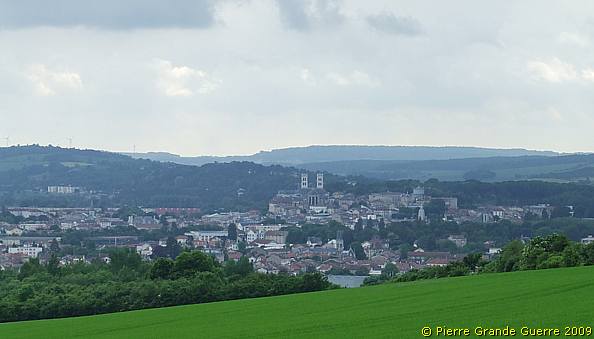
Verdun is situated along the banks of the river Meuse.
The city with its Citadel formed an important strategic position along the road from Reims to Metz.
In February 1916 Verdun and its sourrounding forts would be the objective of an offensive of General von Falkenhayn "to bleed the French to death at Verdun".
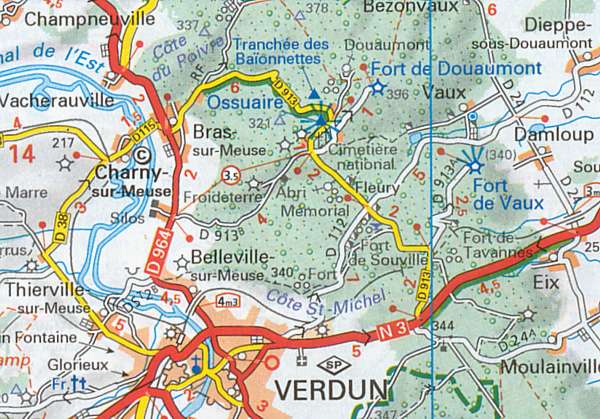


Nowadays Verdun is a typical northern French town, a busy and a rather pleasant place to stay over for some nights.
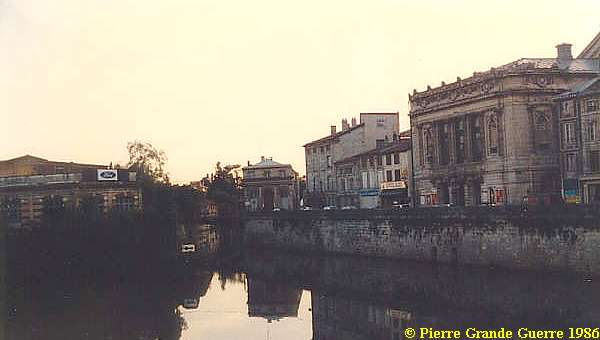
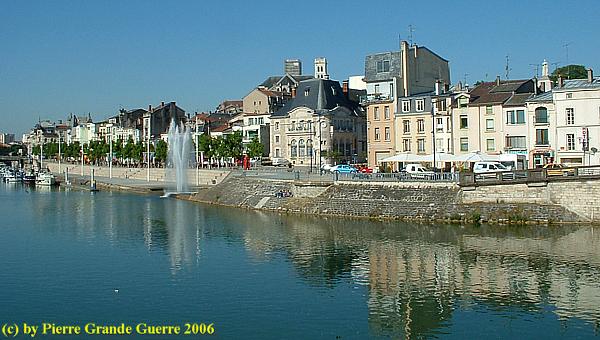
Verdun during the war

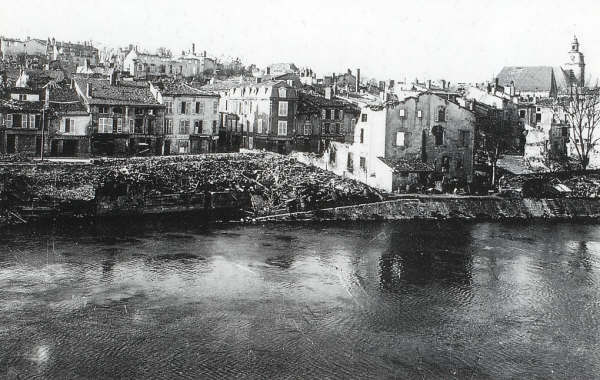
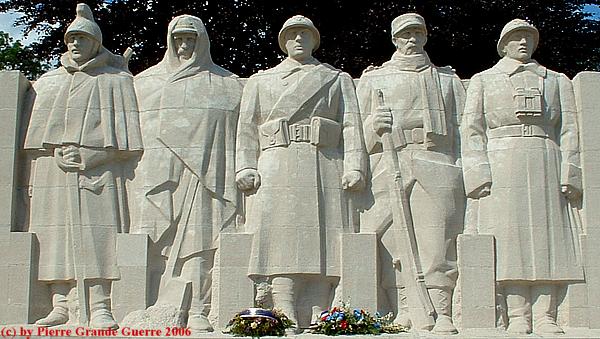
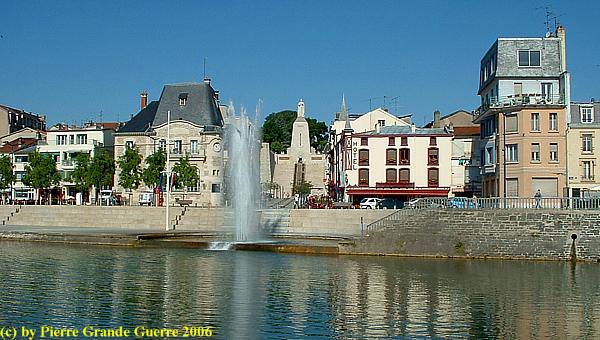

The ancient city gate of Verdun, the Porte Chaussée.
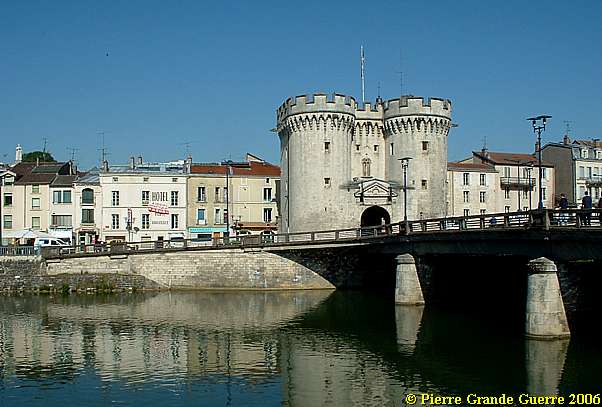
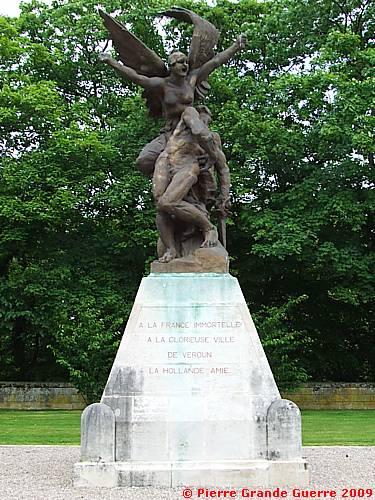
The eastern city gate, the Porte St. Paul There is an inscription on the wall commemorating the ill fate of Verdun.
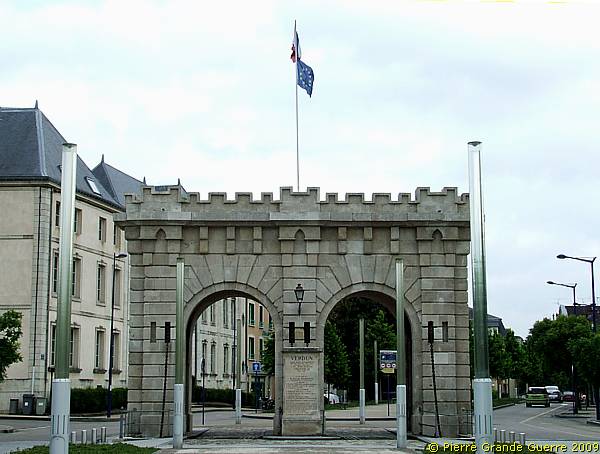
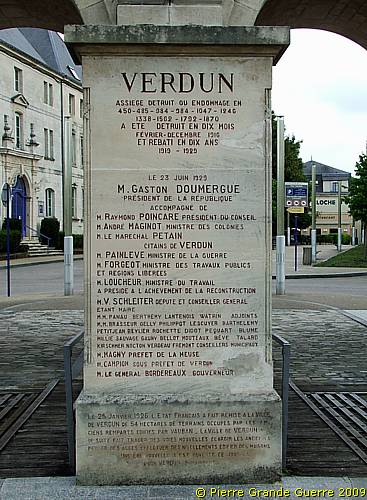
450 - 485 - 984 - 984 - 1047 - 1246 - 1338 - 1562 - 1792 - 1870
HAS BEEN DESTROYED IN
FEBRUARY - DECEMBER 1916
ON 23 JUNE 1929 UNVEILED BY ….
(Followed by a list of a company with illustrious names of among others: President Doumergue, Poincaré, Maginot, Pétain, and Painlevé.)
THE CITY OF VERDUN IS NOW ABLE TO PLAN NEW ROADS, EXPEND THE OLD QUARTERS, OPEN NEW ACCESSES, DEPLOY NEW ENTERPRISES, CONSTRUCT HOUSES.
ON THIS DAY A NEW ERA HAS BEGUN FOR DISMANTLED VERDUN."

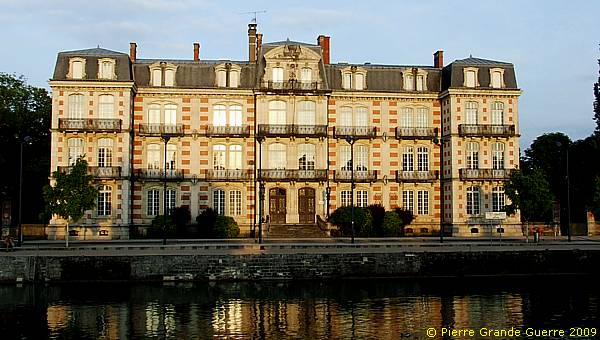
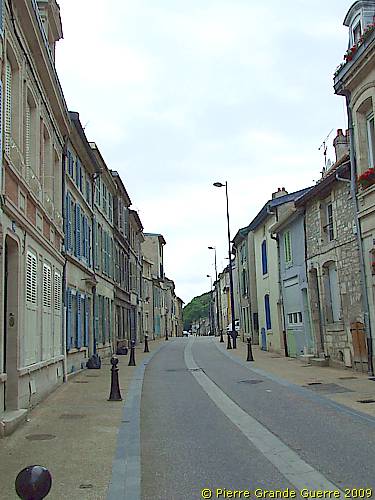
La Citadelle de Verdun - The Citadel
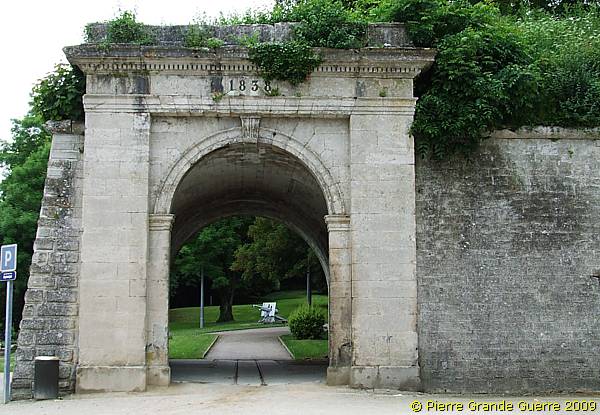
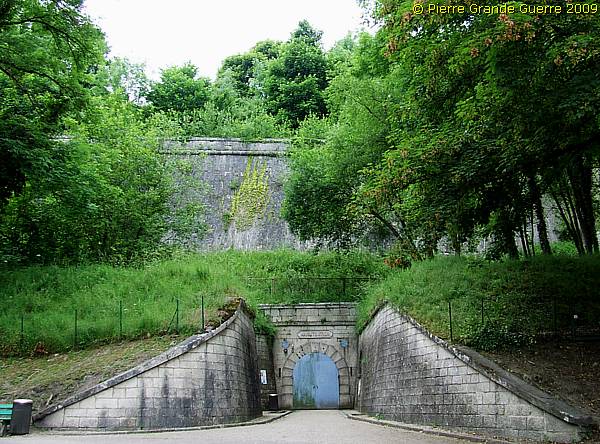
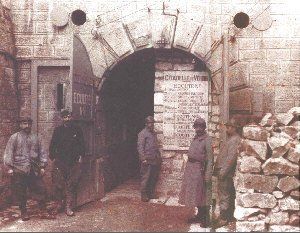
During the war the Citadelle was almost an underground city, sheltering 6,000 men in 4 kilometres of underground corridors and tunnels with its own power supply room, 6 gunpowder-stores, 7 ammunition depots, a mill, a water pump station, a bakery, a hospital, a church, and an underground mini rail road for transports.
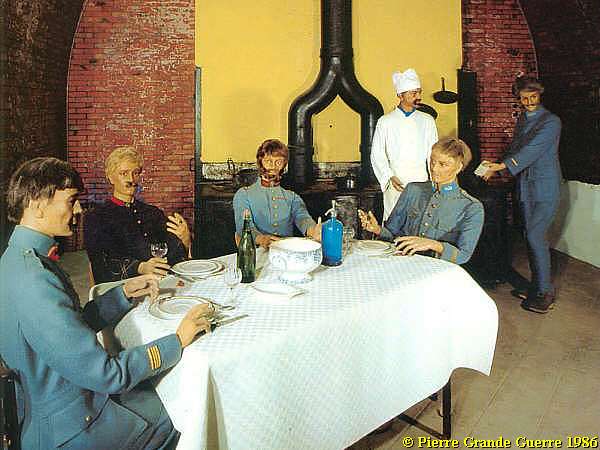
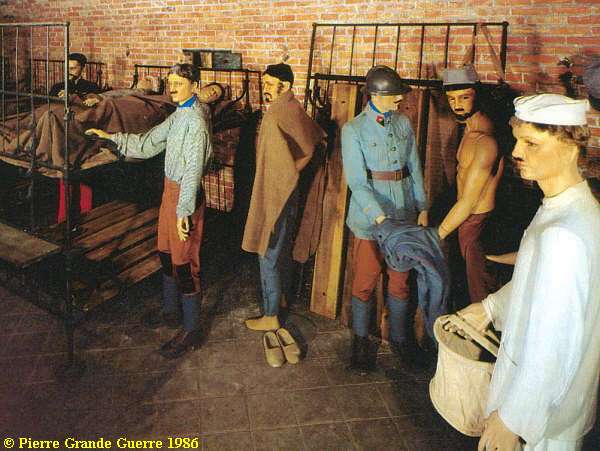
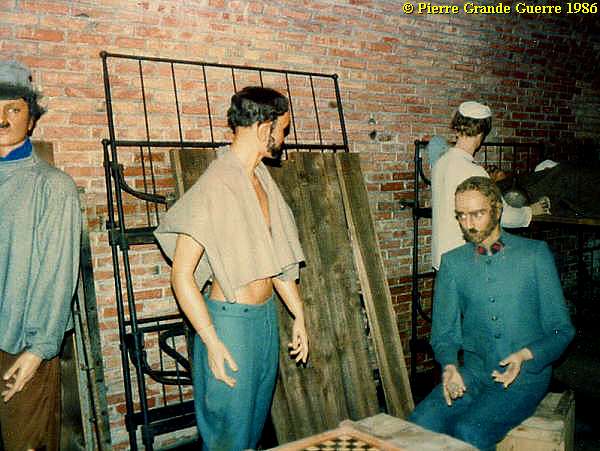
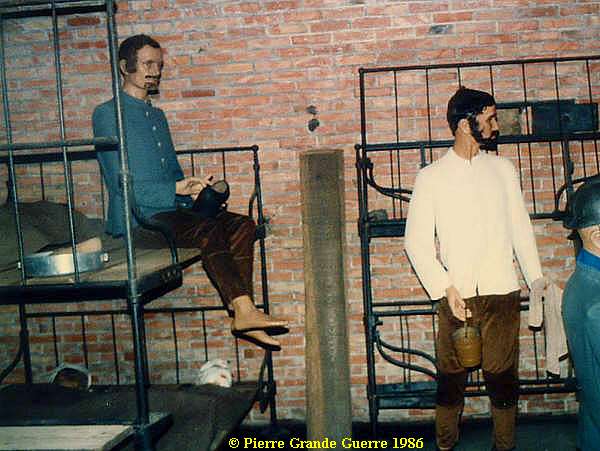
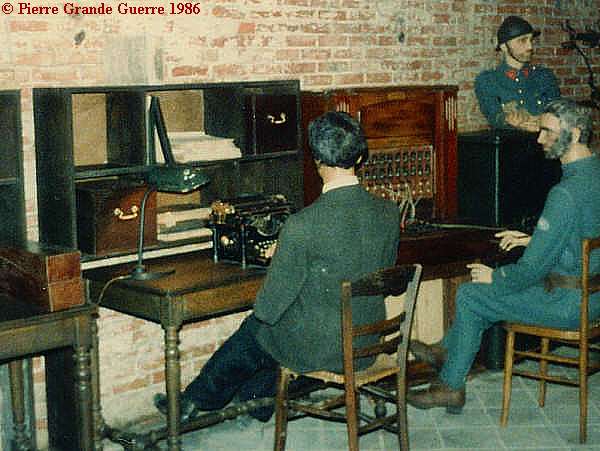
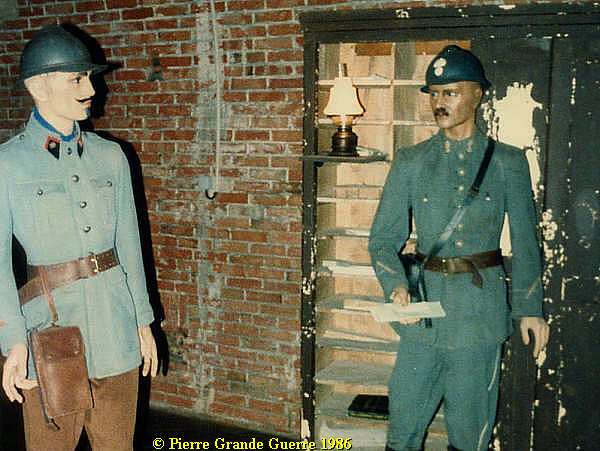
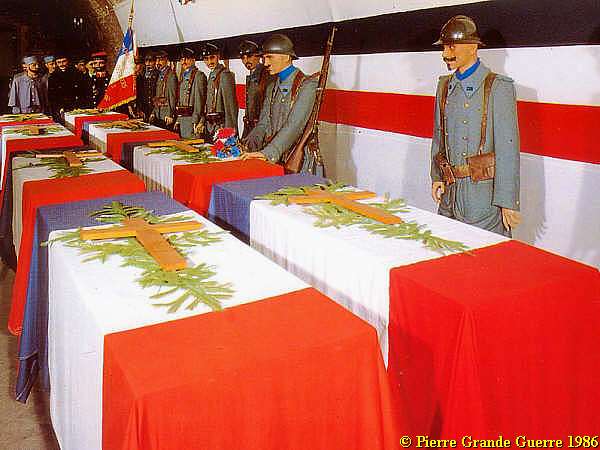
The Election of "The Unknown Soldier" - 1920
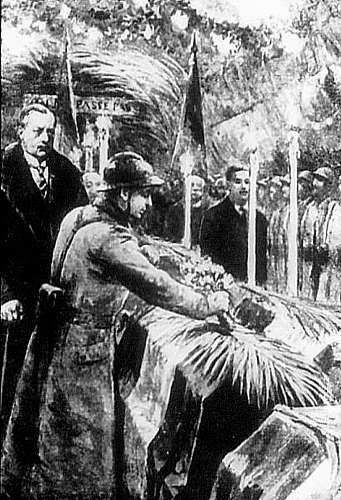
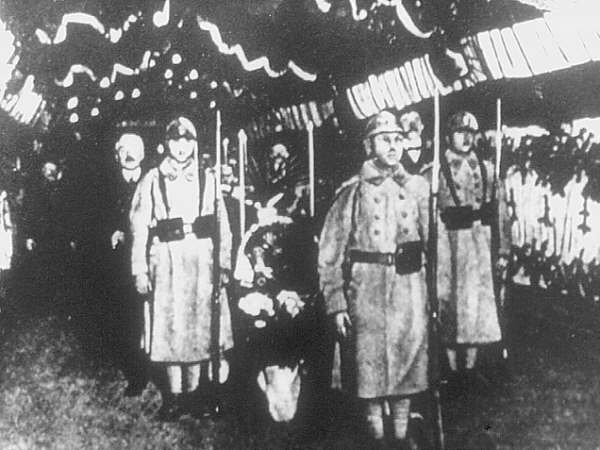
After this ceremony the coffin of the Unknown Soldier was transported from Verdun to Paris. The artillery prolonge with the coffin leaves the Citadel.

The procession passed through the streets of Verdun.
